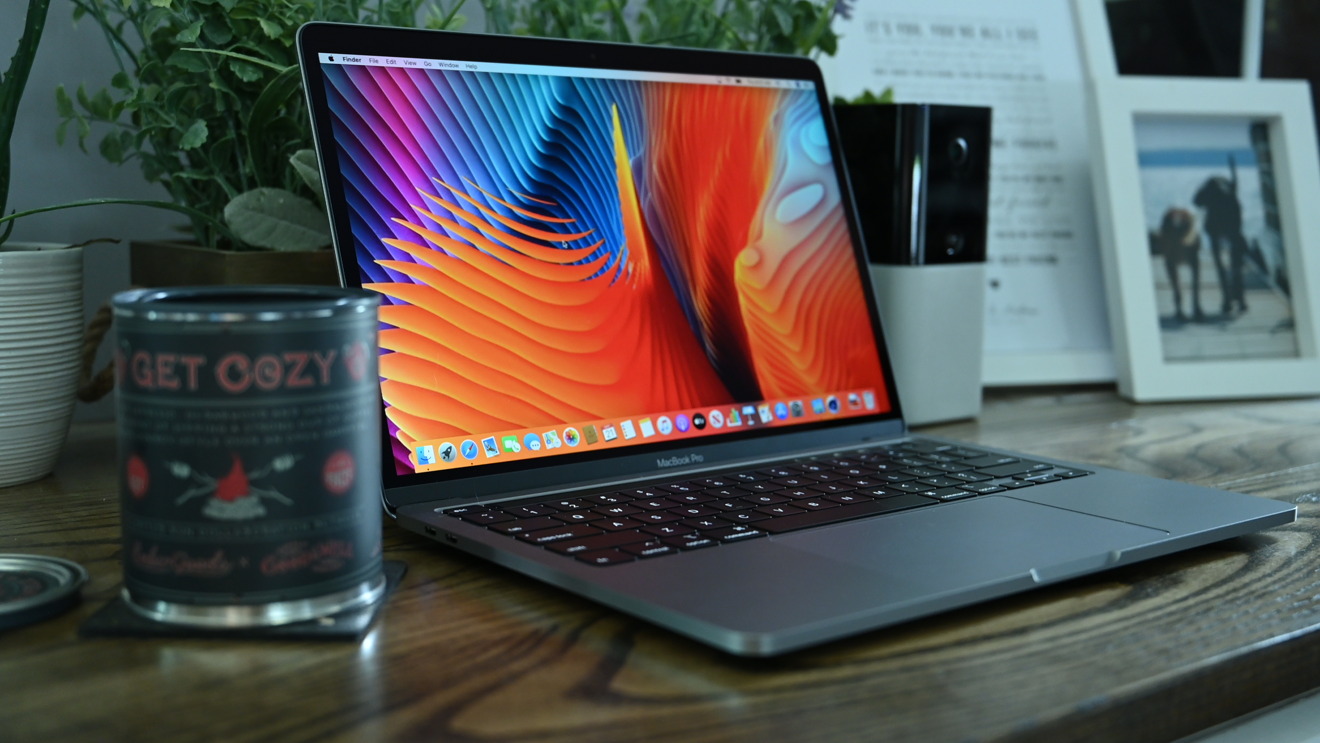Apple's main chip foundry TSMC has hiked its financial outlook for 2021 on the strength of new Macs, with the first Apple Silicon expected to ship in the MacBook Air in late 2020.
TSMC is expecting the climb to start in the third quarter of 2020. This is likely from the "A14" chip expected in the "iPhone 12." However, a new report claims that the company will ramp up production and revenue because of MacBook Air and 13-inch MacBook Pro in the second half of 2021.
DigiTimes reported on the TSMC revenue declaration. The publication says that TSMC expects to post revenues of between $11.2 billion and $11.5 billion in the third quarter of 2020, which is a 9.3% year-over-year increase.
Furthermore, the publication claims in that report published on Thursday morning that TSMC is expected to see orders for Apple's Mac lineup "ramp up and contribute substantially" starting in the second half of 2021.
A second report by DigiTimes reiterates that the MacBook Air and 13-inch MacBook Pro are expected to be the first Apple Silicon Macs. Analyst Ming-Chi Kuo also believes that Apple will release a 13-inch MacBook Air running Apple Silicon in late 2020. Recent reports also suggest that during the first quarter of 2021, Apple will "open contract bids" from suppliers for the manufacture of a new 14-inch MacBook Pro and 16-inch MacBook Pro.
It isn't precisely clear how Kuo's predictions line up with the TSMC revenue increase prediction. It is possible that the third quarter 2020 revenue increase is tied to the late-2020 Apple Silicon hardware, with further production escalation as more of the Mac line moves over to Apple Silicon.
DigiTimes is a generally accurate source of information as it pertains to the electronics supply chain in China, Taiwan, and Korea. However, it has a poor track record as it pertains to features in Apple's devices, and launch windows.
 Mike Wuerthele
Mike Wuerthele








 Chip Loder
Chip Loder
 Wesley Hilliard
Wesley Hilliard
 Marko Zivkovic
Marko Zivkovic

 Christine McKee
Christine McKee
 Amber Neely
Amber Neely

 Malcolm Owen
Malcolm Owen








22 Comments
I’m wondering if Apple will use the same SOC for both MacBook Pro and air. I also wonder if that SOC ends up in a Mac mini.
Unless Apple moves to a chiplet design, they almost have to use the same SOC in multiple products because of economies of scale
WWDC AS team stated a family of chips, focused on different use cases.
So different silicon in different Macs.
i don’t think a $1000 13” Air user will get the same chip as a $4000 16” MBP user.
Yes, the iPad has an A10, the iPad Air has an A12.
And I’ll say it again, the AS team have said it is a family of chips aimed at different use cases.
The MBA might have the same chip as the entry level MBP with the MBP having a better display, more ram, different keyboard etc.
But the top MBP will not have the same chip as the base student level MBA. Imho. Otherwise most people will just buy the cheapest machine at the screensize they want. That is not Apple. But time will tell. My guess is three SOC tiers: play, performance and pro.
I was surprised that the SE2 got an A13 but I think that is partly about not wanting too many chip variants and factory lines when they start adding the AS Mac chips. Partly about driving the augmented reality features. It also kicks the competition in the face which is nice.
i similarly think the minor bump for iPad Pro this year was to emphasise that the iPad Pro is plenty fast as is, and the new incoming chips are way better still. I’m sure Apple didn’t want the first AS MBP or MBA to be similar performance to an iPad Pro with an A13x, the new Macs will be significantly more advanced. Again imho.
All guesswork of course ;)